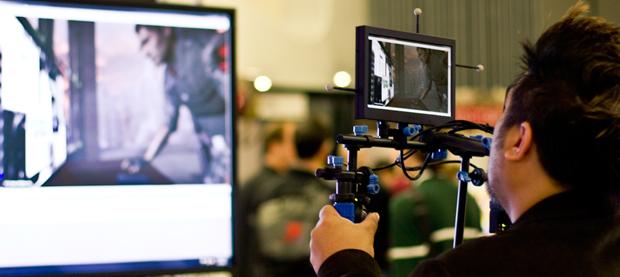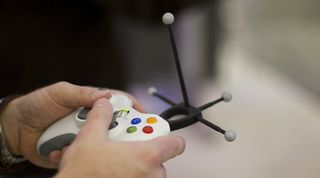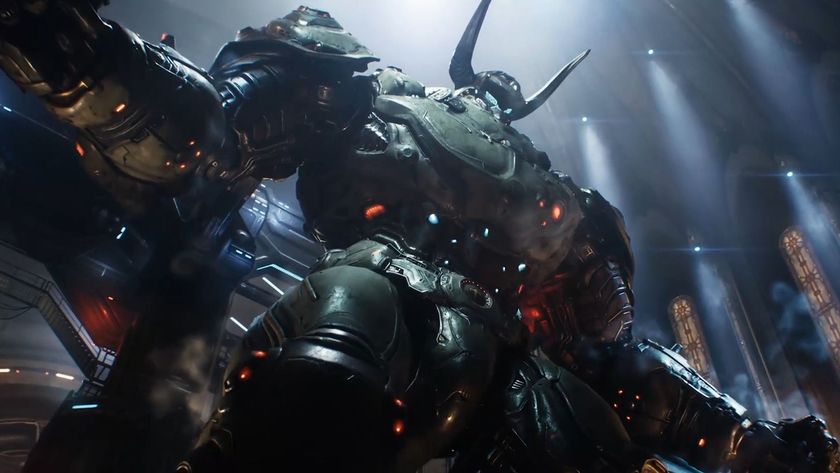How Halo: Reach's 'Deliver Hope' trailer was virtually filmed, and how motion controls ought to work
Professional motion capture equipment offers a glimpse at how far Move and Kinect have to come

To capture virtual scenes, you need virtual cameras. These cameras are generally maneuvered in software with manually created paths, but NaturalPoint, an image tracking technology company, is helping pioneer the application of physical camera work in virtual film and game scenes.
The company's Insight Virtual Camera System, which I demoed at GDC earlier today, utilizes motion capture tech to give animators the ability to freely explore virtual scenes in real-time. But why use a clunky physical rig to shoot an entirely simulated scene? I asked AJ Briones, pre-visualization supervisor at Halon Entertainment, a Santa Monica-based VFX studio, and he explained that the system not only speeds up the animation process (does 'keyframing splines' sound fun to you?), it increases realism and allows animators to explore and discover their environments more naturally.
Briones, by the way, knows a bit about filming virtual scenes - he was the lead virtual cinema artist on Avatar, and worked on the Halo: Reach 'Deliver Hope' trailer, for which he used an alpha version of the Insight VCS. You can see some of Briones' real, virtual camera work below:
The motion capture balls, of course, don't have to be attached to a shoulder rig - NaturalPoint also showed me the VCS: Mini, a version of its Virtual Camera System which attaches to the back of a 360 controller. Just like its big brother, the Mini allows its operator to control a virtual camera in real time.
When I tried the Mini for myself, I was certain I was having a revelation. It's exactly how motion-controlled games should be! My movements - gentle rotations of my wrists and forearms - were applied to the virtual camera in a perfectly natural manner, allowing me to look around the scene in a way that actually seemed beneficial, as opposed to gimmicky. Why haven't I ever felt the same about consumer-grade motion control systems?

Being the ignorant buffoon I am, I asked, and learned that consumer-grade tech like Kinect is far too slow and inaccurate to produce the effect that was delighting me so much. The reason the VCS felt so different was its almost-non-existent delay and very high accuracy. Oh well.
I could go buy the V120: Duo tracking system for $1,499 and VCS: Mini for $199, but I think I'll just wait for consumer tech to improve.
Sign up to the 12DOVE Newsletter
Weekly digests, tales from the communities you love, and more
Mar 2, 2011
Check out our Halo: Reach Data Pad location guide to help you find them all.
Most Popular









